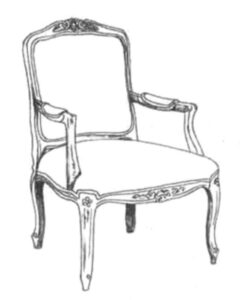French design is a style that’s timeless and sophisticated, with an impact that lasts.
French design has had such an impact on our culture that it has become synonymous with luxury and elegance around the world.
History of French Design
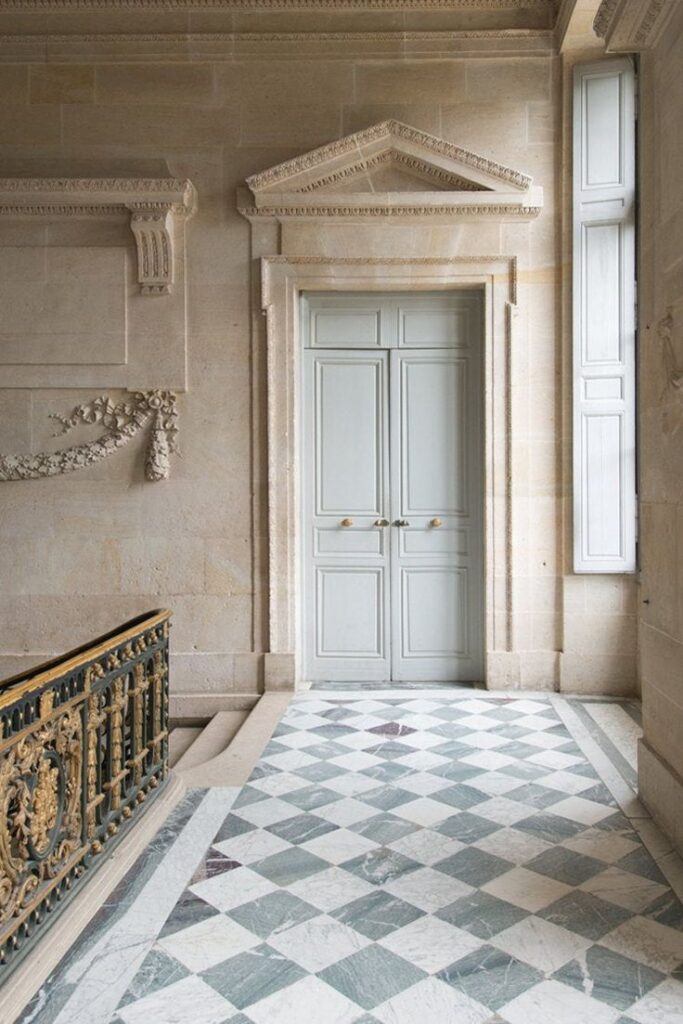

The classic French design style is defined by ornate details and beautiful patterns. The style originated in the 17th century, when King Louis XIV commissioned furniture that was fit for a king. This period of French design is known as Rococo or Louis XV, named after his successor.
Although the French have been known for their style for centuries, it wasn’t until the late 19th century that it came into its own as an aesthetic distinct from other European modalities. In 1855, Emperor Napoleon III commissioned architect Hector Guimard to build an apartment building in Paris’ Place de l’Opera. The resulting structure was unlike anything anyone had seen before: Its façade was covered with curving iron balconies and latticework windows; its interior featured walls covered with exotic woods and marble floors; even its elevator had an ornate gilded cage that resembled a birdcage (which became known as “l’ascenseur à la cabine dorée”). This building set the tone for all future French architecture–it was opulent yet practical, incorporating both modern materials like iron and glass and traditional elements like wood paneling.
The modernism movement of the 20th century led to new styles such as Art Nouveau (which means “new art” in French), which featured organic shapes inspired by nature – think of the iconic Paris Metro entrance. A few decades later, Le Corbusier’s revolutionary Purism movement emphasized functionality over decoration and simplicity over complexity. Today, French interiors often combine ornate 19th century architecture with more clean-lined, modern furnishings.
Furniture
French furniture styles are as diverse and varied as the country itself. From medieval to modern, French designers have produced some of the most iconic pieces in history. The French are known for their love of luxury and opulence, so it’s no surprise that their furniture is often ornate with elaborate details such as carved woodwork or gilded accents.
French furniture has had an enormous impact on modern design–just think about all those Louis XIV chairs you still see in magazines every month! You can also see traces of French style in many other types of furniture from around the world today: even if you’re not sure what exactly makes something “French,” chances are good that it will have some elements common with this particular look (elegant curves, ornate details, etc).
Colors
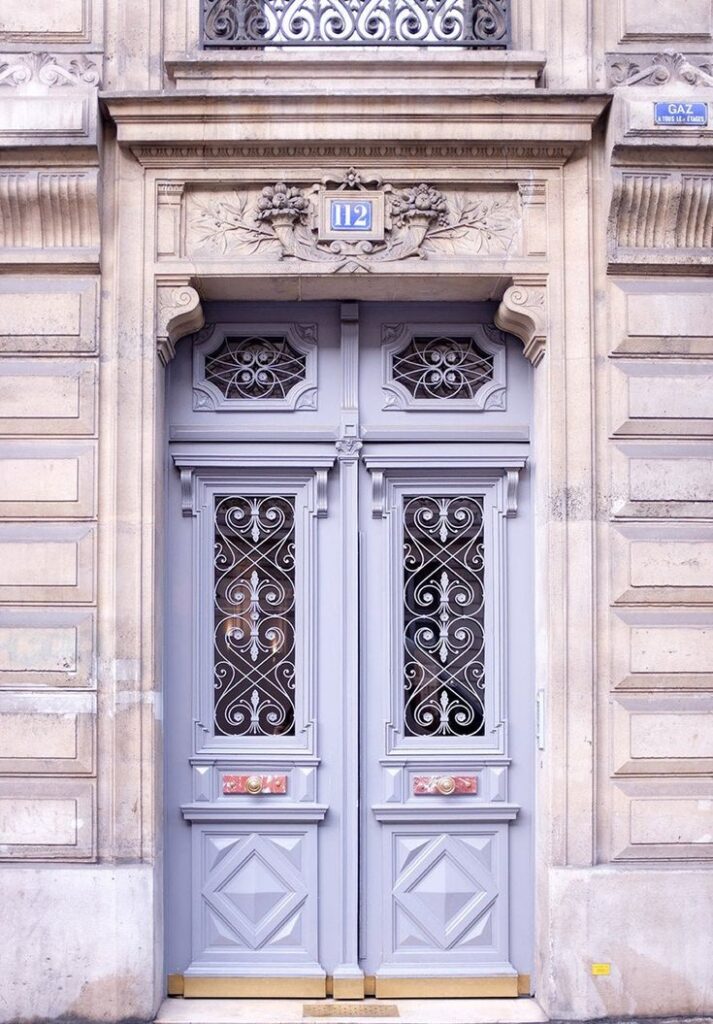
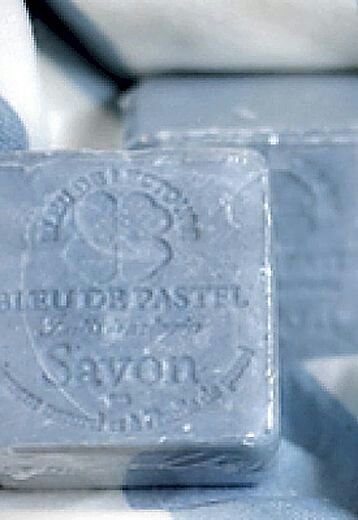
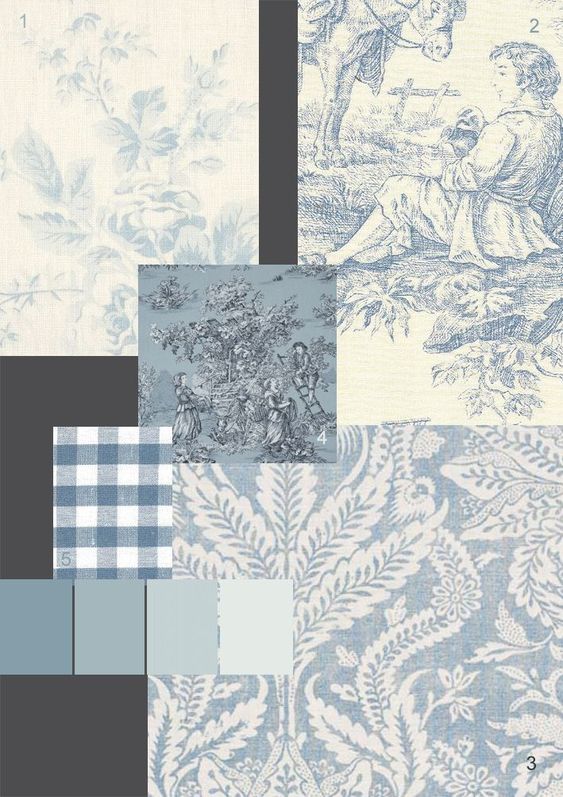
French interiors typically feature a light, neutral color palette with pops of pastel colors. Whites, creams, and grays are common and pastel colors such as pale pinks, blues, and greens are also used to add subtle touches of color. Darker colors such as navy or black are used sparingly for contrast. Gilded accents and metallic tones are also popular in French interiors, adding a touch of luxury and glamour to the space. Overall, the color scheme in French interiors is understated and elegant, creating a timeless and sophisticated look.
Parisian vs. French Country Styles
Parisian interior style is characterized by elegance, sophistication, and a mix of antique and ultra-modern elements. Neutral colors such as white, gray, and beige are often used as a backdrop, while bold pops of color add interest and depth. Parisian interiors often feature antique furnishings, ornate moldings, and large decorative mirrors. Textured fabrics such as velvet and linen are also commonly used. The overall effect is a space that feels timeless, chic, and effortlessly stylish.
In contrast, French country interior style is all about creating a warm and cozy atmosphere with rustic charm. This style features natural materials such as wood, stone, and brick, and wicker or woven rushes. Colors are often warm and muted, with a lot of white accented by earthy tones such as beige, taupe, and green. The overall effect is a space that feels comfortable, inviting, and full of history.
Conclusion
You may have noticed that French design is often referred to as timeless, and it’s true. Anyone can incorporate classic French design into their home.
Wondering how you could make this classic style part of your home? Get in touch with our design team.

